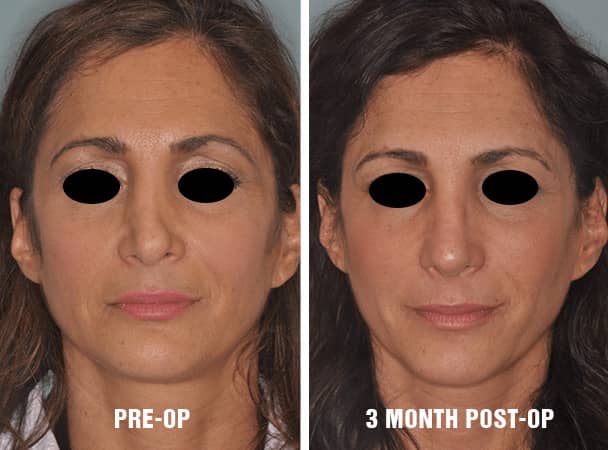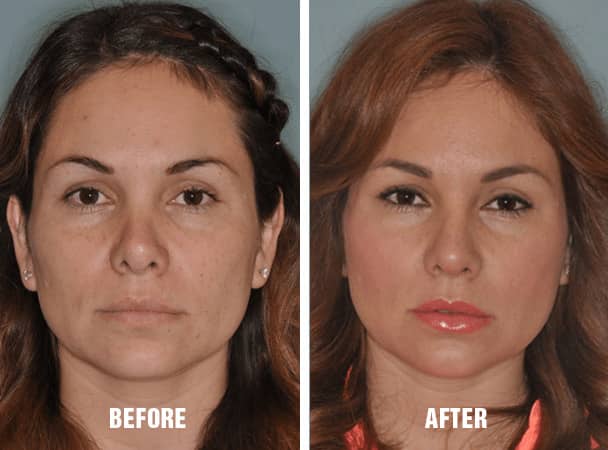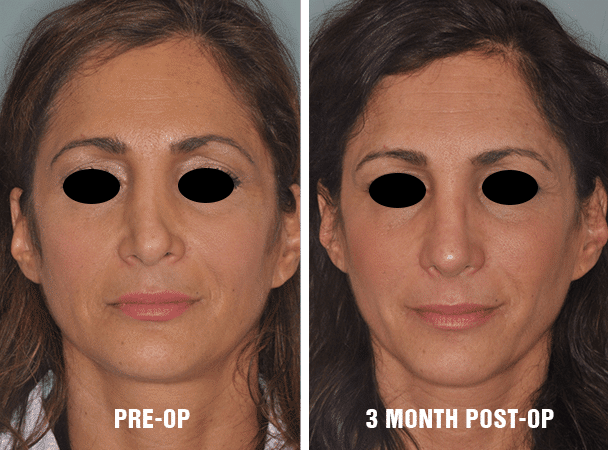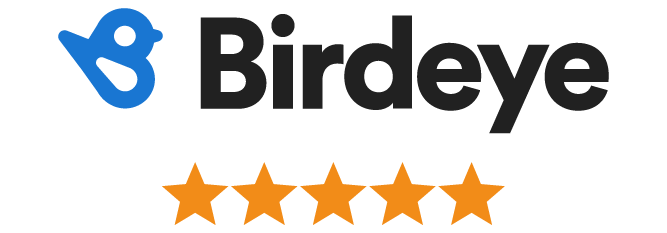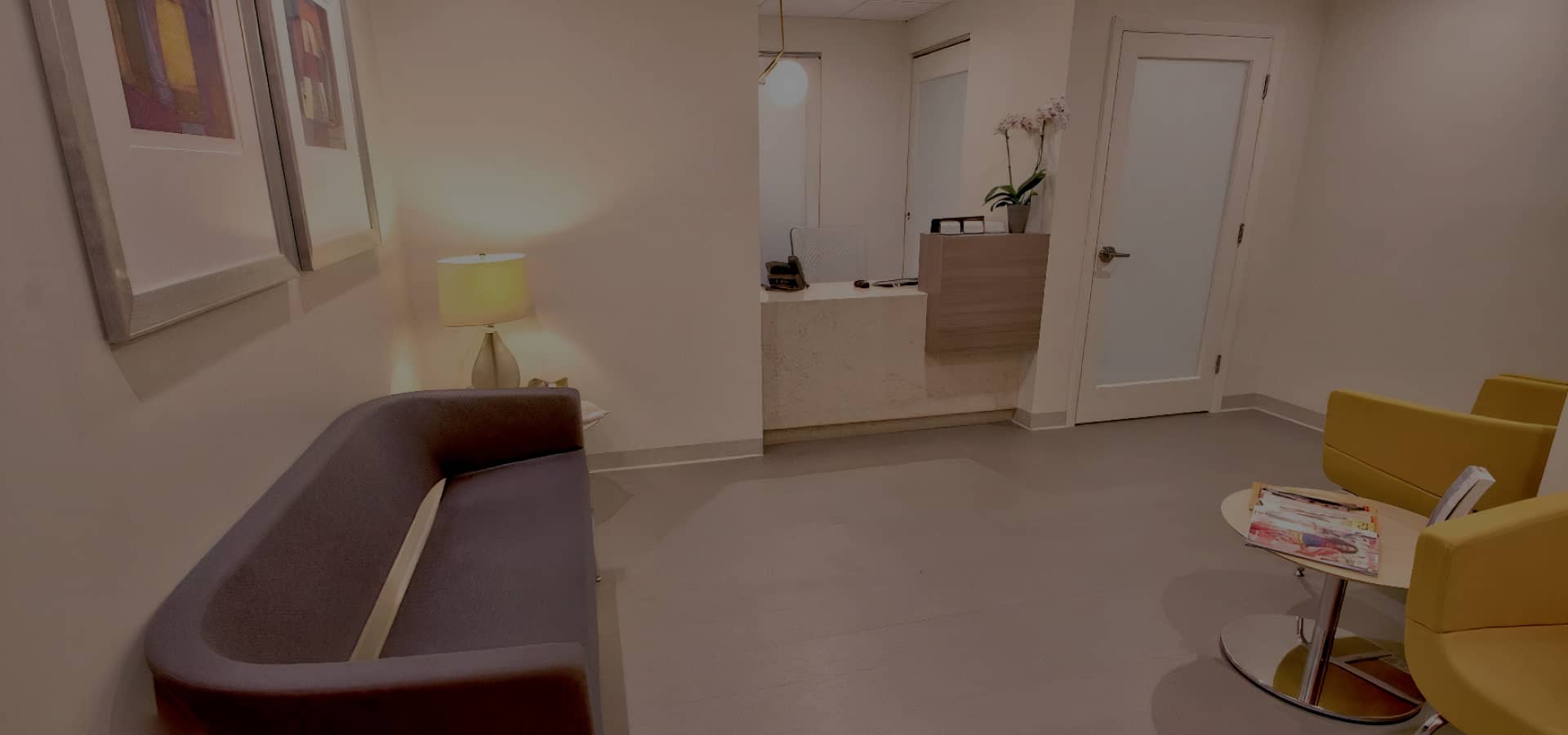While the recovery process for revision rhinoplasty shares similarities with primary rhinoplasty, there are unique aspects due to the complexity of revision procedures. Patients who have undergone previous surgeries may experience longer healing times, more pronounced swelling, especially in the nasal tip, and a heightened sensitivity to certain recovery processes. This page specifically addresses these unique recovery aspects of revision rhinoplasty.
The decision to undergo a revision rhinoplasty is a very difficult decision for a patient. The patient has already likely had a negative experience from their previous rhinoplasty. Emotionally the desire to seek and undergo a revision rhinoplasty can be very taxing for a patient.
Dr. Bared has vast experience with revision rhinoplasty and has seen many different reasons for a patient to want to undergo a procedure. Dr. Bared understands the difficulty a patient may experience when choosing a surgeon for their revision rhinoplasty. Given the patient’s likely dissatisfaction with their previous experience, they have reservations about undergoing a revision procedure. It is of utmost importance for the patient and the surgeon to develop a sense of mutual trust prior to undergoing a surgery. The patient needs to feel confident that the surgeon will be able to help them achieve their desired goals and the surgeon needs to have sense that the patient has the proper motivation and realistic expectations.
Often, for a cartilaginous pollybeak or a scar-tissue, revision rhinoplasty will be the only effective option. The revision surgeon needs to have the appropriate set of skills to be able to attend to what is discovered during the individual case. It is Dr. Bared’s practice to not utilize artificial or foreign implants in rhinoplasty. This becomes particularly important in revision rhinoplasty as the nose is more susceptible to infection during revision procedures. To accomplish a sound structural framework, Dr. Bared uses your body’s own cartilage. Dr. Bared uses your own cartilage to provide for a natural foundation. Depending on certain findings in the nose, Dr. Bared either uses ear cartilage grafts or rib cartilage grafts during revision procedures.
For more insights into the benefits of revision rhinoplasty procedures, read our detailed article.
Why Choose Dr. Anthony Bared
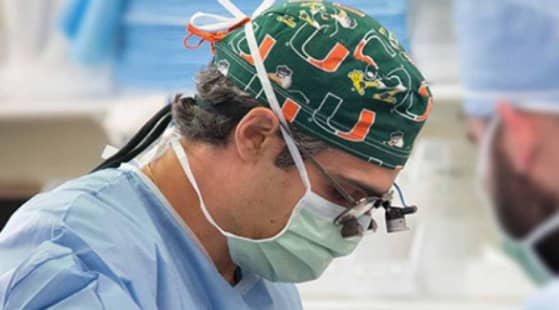
- Dr. Bared’s training was first in Otolaryngology at the University of Miami, followed by the awarding of a highly competitive fellowship by the American Academy of Facial Plastic and Reconstructive Surgery at the University of Illinois-Chicago.
- He is Double Board Certified by the American Board of Facial Plastic and Reconstructive Surgery and the American Board of Otolaryngology.
- Dr. Bared has numerous publications and has lectured at various nationwide scientific meetings.
- He also serves as a clinical voluntary Assistant Professor at the Florida International University, Herbert Wertheim College of Medicine.
- Dr. Bared is a recognized provider of the Foundation Aesthetic Hair Restoration Method. He uses his surgical skills and artistic instincts to offer advanced techniques that ensure natural and transformative results in beard and hair transplants.
Detailed Recovery Timeline for Revision Rhinoplasty:
The immediate recovery period after Revision Rhinoplasty Miami Beach is one week. The cast and sutures are all removed one week after surgery. At this point a small amount of tape may be placed over the nose for an additional few days. If any bruising is present around the eyes, this usually tends to resolve in about 7-10 days after surgery. Dr. Bared attempts to limit the possibility of bruising and swelling related to the surgery with his surgical technique however this it, at times, inevitable. The first week after surgery should be a week of rest. You should be walking around while not over-exerting yourself. You do not want to be laying around for too long nor bending over and increasing the blood pressure to your face. Walking around the house or in air conditioned spaces will help limit the discomfort and help expedite your recovery.
- First Week Post-Surgery:
- Immediate Days: Expect swelling and discomfort. Rest is crucial, especially after revision rhinoplasty.
- End of Week: Noticeable reduction in swelling. Most patients can resume light activities.
- Weeks 2-4:
- Gradual decrease in swelling, which may be more significant in revision cases.
- Avoid strenuous activities and direct sun exposure, as the skin and tissues have been previously altered and are more sensitive.
- Swelling and bruising become less noticeable.
- One Month Post-Revision Surgery:
- Major visible signs of a secondary surgery subside.
- Internal healing continues.
- Patients usually return to most normal activities.
- Months 2-6:
- Continued refinement in nasal shape.
- Swelling further decreases, especially around the tip.
- Avoid contact sports or activities that might impact the nose, as during recovery from a revision procedure, the area is especially delicate.
- One Year Mark:
- The final shape of the nose after the secondary rhinoplasty is typically settled.
- Complete internal and external healing.
- Any minor residual swelling should resolve.

Optimal Diet Post-Revision Rhinoplasty
The only diet restriction Dr. Bared recommends is the amount of salt you ingest. If you consume too much salt in the days and months following your surgery, the swelling of your nose will be aggravated. Salt ingestion aids in the retention of water. This retention of fluid will manifest itself as swelling of your nose. You will also notice that the swelling of the nose will be worse in the morning and will improve throughout the day. The fluctuation in swelling of the nose is normal after surgery and will slowly subside with time
- Hydration: Prioritize fluid intake. Water, herbal teas, and electrolyte-rich drinks aid in healing and reduce swelling.
- Soft Foods: Initially, opt for soft, easy-to-chew foods like soups, yogurts, and smoothies to minimize facial movements.
- Nutrient-Rich Diet: Incorporate foods high in vitamins A and C, zinc, and protein to support tissue repair and immune function. Examples include citrus fruits, leafy greens, nuts, and lean meats.
- Salt Intake: Limit salt consumption to reduce fluid retention and swelling.
- Avoid Alcohol and Caffeine: Both can dehydrate and potentially increase swelling. Abstain for at least the first week post-surgery.
- Anti-Inflammatory Foods: Include foods with natural anti-inflammatory properties like turmeric, ginger, berries, and omega-3-rich fish.
Key Recommendations for a Smooth Recovery After Revision Rhinoplasty:
- Rest and Relaxation: Ensure ample rest in the initial days post-revision surgery. Avoid strenuous activities and stress to facilitate healing.
- Elevation: Keep your head elevated, even during sleep, to reduce swelling. Use extra pillows or a recliner for support.
- Cold Compresses: Apply cold compresses (not directly on the nose) to alleviate swelling and discomfort, especially in the first 48 hours after your revision procedure.
- Follow-Up Appointments: Adhere to scheduled follow-up visits with your revision rhinoplasty surgeon. These are crucial for monitoring your healing progress and addressing any concerns.
- Sun Protection: Protect your nose from direct sunlight. Use a hat and apply sunscreen to prevent sunburn, which can exacerbate swelling.
- Avoid Glasses: Refrain from wearing glasses that rest on the bridge of the nose for the recommended period to avoid pressure on the healing tissues.
- Nasal Care: Follow your surgeon’s instructions for nasal cleaning to prevent infection and promote healing after your revision procedure.
- Patience with Results: Understand that final results may take time to fully manifest after a secondary rhinoplasty. Be patient and maintain realistic expectations throughout the healing process.
- Emotional Support: Consider joining support groups or talking to others who have undergone similar procedures. Emotional well-being is a vital part of recovery when dealing with fixing previous rhinoplasties.
- Healthy Lifestyle: Maintain a balanced diet, stay hydrated, and avoid smoking and alcohol to support your body’s healing process.
Additional Recommendations
Dr. Bared recommends that you refrain from exercising for four weeks following surgery and to avoid the use of eyeglasses or sunglasses for six weeks after surgery. Starting at around 4 weeks time, Dr. Bared may commence small steroid injections to the nose. These injections are commonly used to help with the swelling to certain areas of the nose. Dr. Bared uses a very diluted amount of steroid which has no systemic effect and is limited to targeting focal areas of swelling of the nose. It is not uncommon for Dr. Bared to recommend the start of nasal pressure exercises. These are often utilized to address focal areas of swelling and especially after surgeries on deviated noses. Given that there exists an elevated risk of infection after revision rhinopasty, Dr. Bared may have you start on antibiotic soaks to your nose. These are placed within the nostrils and directly over the incisions.
The patient’s knowledge and adherence to the post-operative instructions is imperative to the recovery following a revision surgery. Regular follow up appointments with Dr. Bared are very important to the ultimate results following surgery. Lack of regular follow up could negatively affect your ultimate outcome.
For more insights into the use of revision rhinoplasty in other cases, read our detailed article.
What to Expect Before and After Revision Rhinoplasty:
- Pre-Operative Considerations:
- Consultation: Understanding your goals and evaluating your previous rhinoplasty results.
- Expectations: Setting realistic outcomes for the revision procedure.
- Preparation: Guidelines on how to prepare for surgery, including any necessary lifestyle adjustments.
- Post-Operative Journey:
- Immediate Recovery: Managing initial discomfort and swelling after revision rhinoplasty, and adhering to post-surgery care.
- Long-Term Healing: Timeline for the gradual subsidence of swelling and the emergence of the final shape.
- Lifestyle Adjustments: Recommendations for returning to daily activities, work, and exercise.
- Potential Complications:
- Understanding Risks: Common risks associated with revision rhinoplasty and how they are mitigated.
- Signs to Watch For: Identifying and addressing any post-operative complications promptly.
- Achieving Desired Results:
- Patience is Key: Emphasizing the importance of time in achieving the final aesthetic and functional results.
- Follow-Up Care: The role of regular check-ups in ensuring the success of the revision rhinoplasty.
Before and After patients who underwent Revision Rhinoplasty with Dr. Bared
